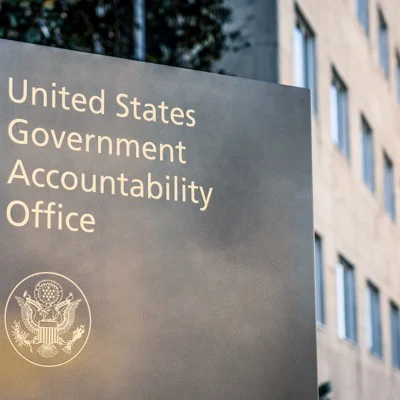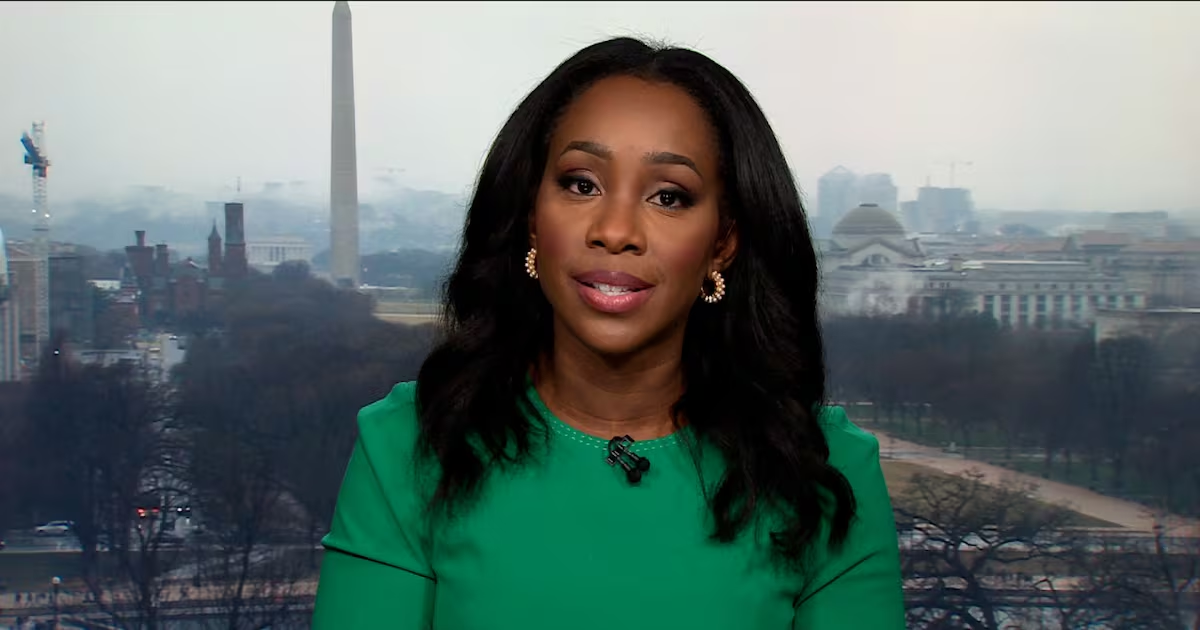Major takeaways for federal agencies on the funding deal to reopen government

Congress is on a glidepath toward reopening the government later this week, with the Senate already taking a key vote on a spending package on Sunday and the House finally bringing its members back to Washington after seven weeks of absence.
The bill would set line-by-line, component-by-component spending levels across the Agriculture Department, Veterans Affairs Department and the legislative branch, while continuing pre-shutdown funding levels through a stopgap provision for the rest of government. That continuing resolution would run through Jan. 30.
The CR contained several key elements affecting federal workers, including a reaffirmation that staff furloughed during the record-setting shutdown will receive backpay, a cancellation of more than 4,000 layoffs issued during the funding lapse and a guarantee that no additional reductions in force will go out through January. The employees issued RIFs who would be called back include those at the departments of Commerce, Education, Health and Human Services, Homeland Security, Housing and Urban Development and Treasury, as well as the Environmental Protection Agency. The backpay provision would ensure implementation of a 2019 law that the Trump administration had threatened to ignore.
The tens of thousands of federal employees who were fired or laid off prior to the shutdown are not impacted by the deal. The shutdown RIFs are currently enjoined from enforcement by a federal judge.
Here are some of the bill’s other significant impacts on federal agencies:
Oversight of USDA changes: USDA is in the midst of a major reorganization of its operations and footprint, vowing to relocate 2,600 employees away from Washington and consolidate dozens of offices. In a joint statement accompanying the spending bill, lawmakers reminded USDA that Congress has final say on next year’s funding levels. “Therefore, the agencies should not presuppose program funding outcomes and prematurely initiate action to redirect staffing prior to knowing final outcomes on fiscal year 2027 program funding,” they said.
Additionally, appropriators reminded USDA that the department requires “specific statutory authority” to transfer between its accounts. The department drew the ire of Democrats when, just before the shutdown, it transferred $13 billion from an account for farmer programs to the Office of the Secretary to set up a tariff relief program without congressional notice.
Reflecting staffing cuts, but otherwise rejecting Trump’s proposals: The salaries account within USDA and the Food and Drug Administration—an HHS agency funded as part of the Agriculture funding bill—was cut by $415 million compared to fiscal 2025 to reflect the staffing changes the Trump administration has implemented. Trump has overseen significant cuts at USDA and FDA through a combination of incentivized separations and layoffs.
At FDA writ large, however, lawmakers rejected Trump’s 11% funding cut. Research at USDA was funded at $3.5 billion across the Agricultural Research Service and the National Institute of Food and Agriculture, despite Trump’s proposal to decimate those programs.
The spending measure would provide funding for international food aid programs that Trump had proposed eliminating, namely Food for Peace and the McGovern-Dole Food for Education program. Trump proposed ending most of the functions of the Natural Resources Conservation Service, putting forward an 88% budget cut in his budget. Lawmakers opted instead for a 5% reduction focused on urban areas, while leaving in place the agency’s primary program to offer conservation and resource management advice to farmers and ranchers.
VA staffing oversight: VA Secretary Doug Collins originally proposed slashing the department’s workforce by more than 80,000 employees through layoffs and other cuts, but pared that back to 30,000 using only voluntary separations. Lawmakers included a new provision in a joint statement on the bill requiring VA to maintain staffing levels across the department necessary for meeting its own goals related to benefit delivery and wait times for patients. They also set a staffing floor on the Veterans Crisis Line at the current workforce level.
Additionally, VA must update Congress in 90 days on its progress toward creating a new staffing model for its workforce that will “ensure timely, high quality delivery of healthcare, benefits, and other services.” All told, VA received a 2% bump in its discretionary budget over fiscal 2025.
Watchdog empowerment: The measure would keep the Government Accountability Office’s funding flat in fiscal 2026, rejecting a House Republican proposal to halve the agency’s spending level. It also dismissed a House proposal to curtail GAO’s authority to sue the administration over violations of the 1974 Impoundment Control Act. GAO has found the Trump administration violated that law by illegally withholding congressionally authorized funds in a half-dozen instances.





